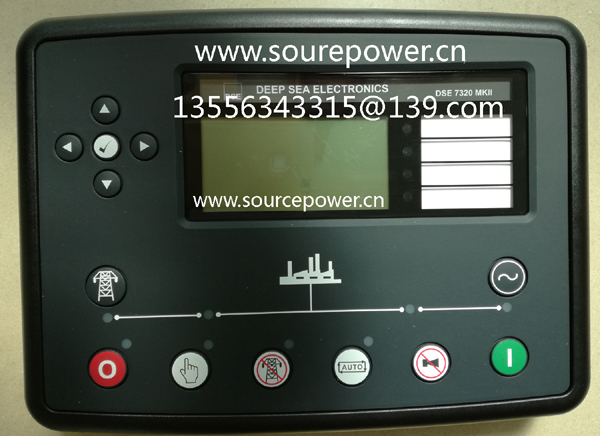They should never take different paths between the ECM3 and the sensor. This requirement is for signal integrity and EMI/EMC purposes. Harness splicing should always be done using hot solder-crimp splices. The solder is necessary for good signal conductivity at all frequencies. The crimp is necessary for strength and protection in the on-engine environment. Cold crimp joints alone are not sufficient signal joints and are unreliable in a high vibration environment. Splicing of shielded, twisted pair wiring is not recommended. These signals should have a single origin and destination. Breaking the signal path or shield is not desirable as it provides an opportunity for EMI or EMC interference and reduced signal integrity.
ndividual returns are not provided for each signal. Some signals share a common return pin. In these cases, harness splicing will be necessary. Regardless of how the splicing is accomplished, signal routing is still very important. A signal should always be routed together with its return. Signals using twisted pair must have wires in close proximity and separations through the splice should be minimized to the greatest extent possible. Wiring for discrete signals must be done so that the signal wire and the return are always in the same cable bundle |
